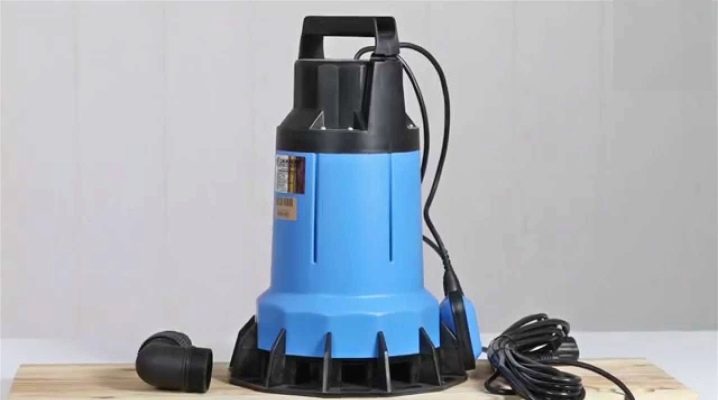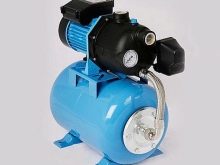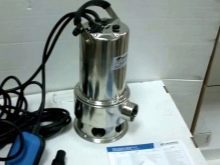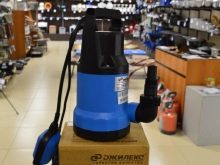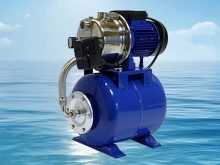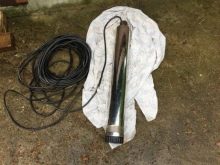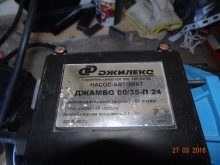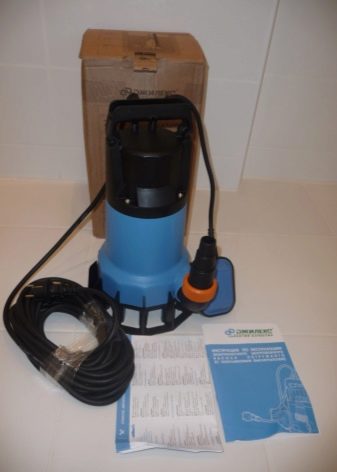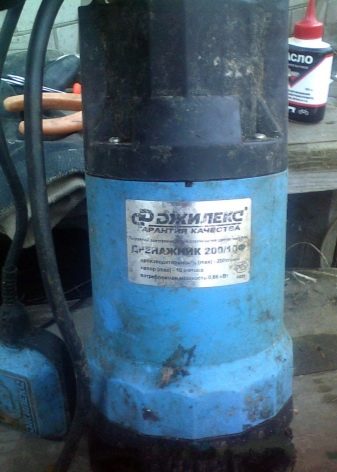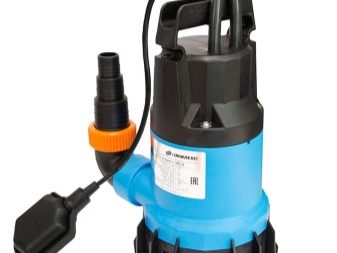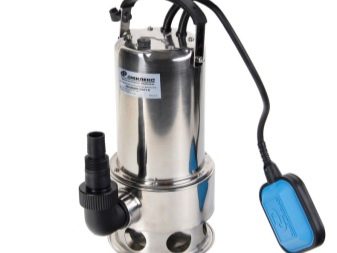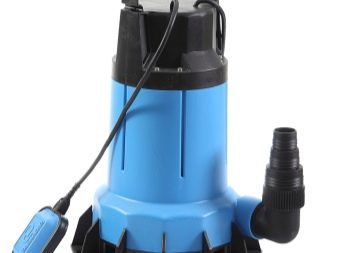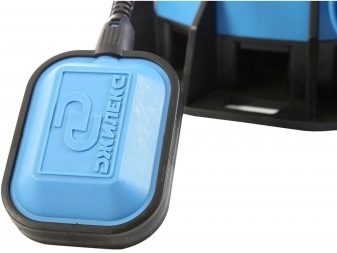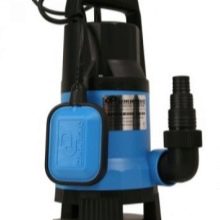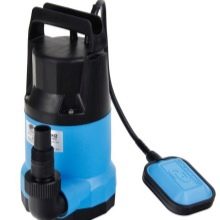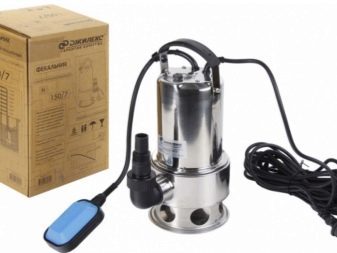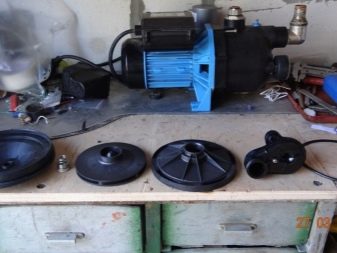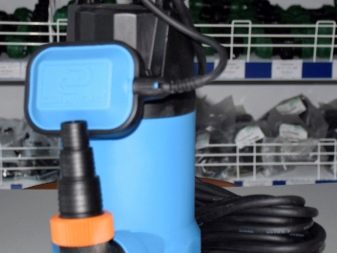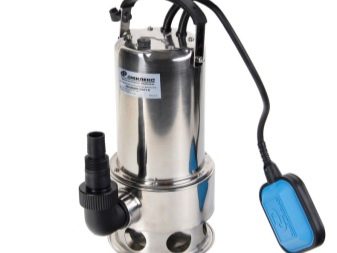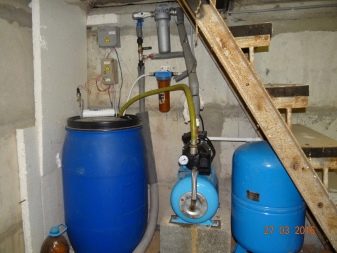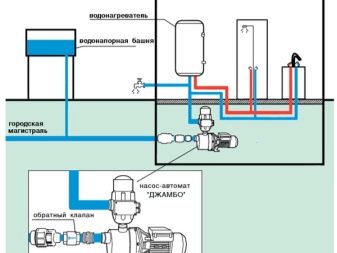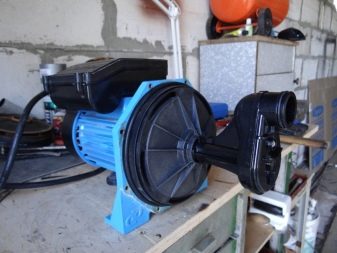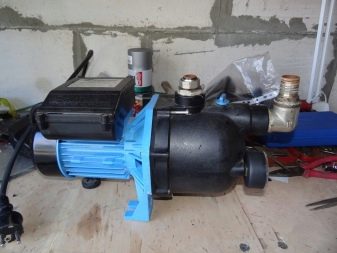How to properly connect and use drainage pumps "Dzhileks"?
Domestic drainage pumps - an indispensable thing in solving problems associated with the transport of water in private homes and cottages. Such devices can be used to pump fluids from any source. With the quality of the pump, the residents of private houses will never face the problems of flooding or clogging of the drainage system. Such equipment can quickly eliminate liquid, ridding the house of dampness and mold in the basement.
Units from "Dzhileks" occupy a leading position among a wide range of drainage products in the modern Russian market. In this article, we will consider the options for connecting and using the drainage equipment of the “Dzhileks” brand.
Special features
The Russian manufacturer of pumping devices, the company “Dzhileks” began its production, focused on the needs of domestic consumers, in 1993. All products "Dzhileks" perfectly adapted to any conditions, even aggressive. The drainage pumps developed by the company are designed for pumping both clean and dirty water, as well as used for draining pits, pools and ponds. By means of the pump it is possible to irrigate kitchen gardens.
The drainage pump "Dzhileks" represents the powerful unit of small dimensions. It can pump out up to five cubic meters of water within one hour. The weight of the pump is relatively small, and power consumption is very economical.
Device
All water pumps from "Dzhileks" work on the same principle, as well as they are similar in design. Pumps of this type have a robust plastic housing that does not corrode. The device consists of two parts: an electric motor and a pumping part, which, in turn, includes a housing, a centrifugal wheel and a base with windows for water intake. Single-phase electric motor of asynchronous type, equipped with windings, is used as a motor,and the motor is equipped with a hermetic case and a special system of protection against overcooling and heating. To connect to the water pipe, use the device in the form of a fitting.
The drainage pump is equipped with a float switch, with which the apparatus is automatically switched off when the water level in the room decreases. The principle of operation of pumps: with the help of an electric motor, a centrifugal wheel is started, which creates a vacuum and begins to suck out water, pumping fluid into the pipeline.
Species
Centrifugal submersible pumps are divided into two groups - drainage and fecal. Their functions are similar, but there are some differences.
The second group is designed for pumping liquids with solid particles of 12–35 mm in size, the drainage flows through fractions from 5 to 20 mm. Also, fecal pumps successfully cope with cutting plastic and paper, but in everyday life they are less practical. Usually they are used only for sewer works.
Drainage pumps are not designed to work with toilets. Fecal aggregates work best in a viscous medium. However, it is necessary to take into account the rise in price of these devices in connection with equipping them with special shredders.
When choosing a pump you need to pay attention to some characteristics:
- power is the most important parameter that determines how much volume in liters is pumped in one minute;
- head;
- permissible size of solid particles, in case of a wrong choice the device can fail;
- maximum depth of immersion.
Series "Drainage"
"Drains" - units developed by the company "Dzhileks" for pumping rainwater and groundwater, removal of waste and polluted liquids from ditches or pools. Also, this model can be used to supply clean water from wells, watering the garden and filling containers.
All devices of the Drainage Series have the following technological characteristics:
- immersion depth - up to eight meters;
- working temperature - from + 1 ° С to + 30 ° С;
- float switch;
- The maximum size of the transmitted particles is 5 mm, except for the 550/14 “Kachok” model, which is designed for foreign bodies up to 40 mm.
This series is represented by single-stage centrifugal units. In the manufacture of "Drainage" high-quality components are used, in view of which, the products are durable and safe.
In the case of using polluted liquids, the pumps also proved to be good.
Submersible drainage pumps of this category, in turn, are also divided into several models.which differ in the consumption of liters per minute and the maximum pressure in meters. The letter “H” indicates that the product is made of stainless steel, the model without the letter “H” is made of plastic.
Popular models 110/8 and 110/6, having a collapsible fitting with a cap nut, have the following technical characteristics: consumption - 110 liters per minute and head - 8 and 6 meters, respectively. The submersible pumps 220/12 that are in demand on the modern market are more powerful devices: the flow rate is 220 liters and the head is 12 meters. Another unit with a powerful engine - 350/17. Buyers note its practicality in use, pressure and convenient removable elements.
"Drainage" 170/9 - medium power mechanism in the line of drainage pumps, with a long period of use (about 10 years) and a self-switching float switch.
Series "Fecal"
A series of household pumps "Fekalnik" is designed to drain water from septic tanks and basements with a content of organic particles up to 35 mm in size.Models "Fekalnik" equipped with stainless steel housings that help to work in difficult conditions. As in the case of pumps "Drainage", the first figure indicates the maximum flow of liters per minute, and the second - the maximum pressure in meters.
The most popular model of submersible household pumps of this series is “Fecalnik 255 / 11N”made of stainless steel. It is perfect for cleaning toilets. Thermoprotectors of the stator windings in this embodiment provide high-quality protection against overheating, and the electric motors are equipped with a float switch and self-lubricating bearings, which eliminate the need for maintenance. Numerous feedback from satisfied customers suggests that the product is really durable, with a powerful engine and high pumping speed.
All pump stations “Dzhileks” are notable for low noise level and long service life.
When choosing a domestic pump, be guided not only by its technical characteristics, but also by its maintainability: specify which spare parts are available for sale, as well as the location of the nearest service center.
Connection
One of the important points is to properly connect the drainage device. The advantages of submersible pumps are durability and high performance. They work on the machine and do not need constant supervision. Minus in comparison, for example, with surface analogues - the complexity of installation.
Typically, pumps do not require special training before use. Their main goal is to move water from one place to another, especially for hard-to-reach areas where it cannot be done mechanically. Drainage pumps have a handle, with which it is easy to carry out the transfer device.
To connect you need a socket and a place to drain the water.
- First you need to connect the intake pipe with a pressure hose and pipe. It is necessary to adjust the wire of the float switch to the desired size.
- When fully submerged, the pump must be tilted slightly, in which case excess air will come out and there will subsequently not be an airlock preventing the unit from working.
- The pump must be installed on a flat surface. It is advisable to put it on a specially provided platform, for example, a perfectly flat sheet of metal, so that the apparatus does not capture sand or stones from the bottom.
- In the event that the depth of the well or well is large, it is worth using the option of hanging at a short distance from the bottom. For convenience, use a cable or rope. Remember that the power of the submersible pump will depend on the depth of the dive.
When buying equipment, pay attention to the embedded installation scheme of the drainage pump, it will help you during installation.
Using
Effective and competent use of the drainage pump is an important component for creating comfortable conditions in the country or in the house.
It is necessary to strictly follow the safety instructions, and do not forget the basic rules of operation.
- Do not allow the engine to overheat.
- It is necessary to use float protection, otherwise the drainage unit will soon fail.
- Consider the performance factor. For example, a device with a capacity of up to 180 liters per minute is ideal for domestic needs. Such a volume is sufficient for pumping groundwater, even with strong flooding.
- Even when choosing a pump, it is important to correctly estimate the amount of work, water quality and the degree of its pollution. Low-power pumps will not cope with a large amount of sediment, sand or dirt.
Safety regulations:
- never use the device if there are people or animals in the water;
- Do not connect the device to an ungrounded power network, or to a network with voltage drops;
- It is forbidden to use the device without water, as well as for pumping out gasoline, oil or combustible mixtures.
- Do not use the pump at low temperatures.
The main advantages when using the drainage pumps "Dzhileks" - this is mobility and autonomy. The device does not take up much space, and the float switch and overheating protection system provide high safety.
Review of the pump "Dzhileks" - in the next video.
